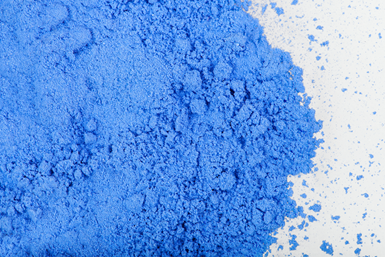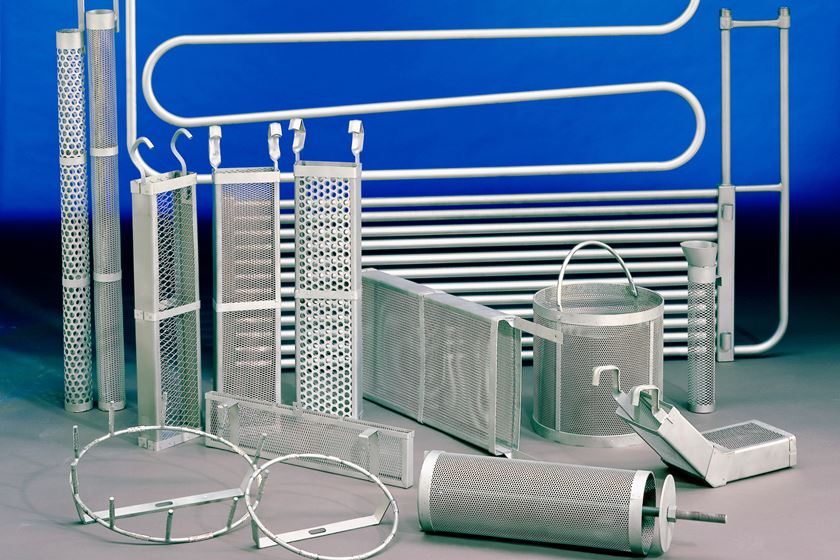Finishers Beware: Higher Prices Are on the Way
Some dos and don'ts to prepare accordingly.

As of the date this column is written, it appears we are in for a phenomenon many in finishing have never experienced. It has been 13 years since we had inflation rates anywhere near the current five or so percent on an annualized basis, so this environment will be new for many. It can be worse. Recall the “misery index” of the late 1970s, when rates of unemployment, inflation and interest were all in the double digits. This current ride is nothing like that, but inflation will disrupt finishers in several ways and leaders of finishing companies will do well to anticipate some new realities and prepare accordingly. Some dos and don’ts.
Don’t: Give in easily to supplier price increases. Suppliers of paint, powder, chemistry, materials and equipment who experience rising costs will look to cover their losses by passing increases along to customers. This is understandable and to be expected. Push back anyway. Many suppliers will use the current environment to not only offset their own costs but to pad their margins. Keep them honest by price-checking their offerings against those of other suppliers. Know that those finishers that push back the hardest and test pricing with alternate suppliers are usually the last to get the price increase. Conversely, the ones that roll over easily are the first in line when the next round of increases comes along.
Featured Content
Do: Negotiate longer-term price locks with your suppliers. Nobody can predict future inflation but all signs point to the likelihood that inflation will be with us for a while. Offer longer-term commitments to great suppliers in exchange for locking in pricing. When the time comes for them to raise prices, your company will be immune.
Do: Consider raising prices to your customers. In an era of inflation they will expect increases so why not take advantage of the expectation? Especially if your costs are rising, the current environment offers the perfect opportunity to raise the price, maybe even a point or two above what’s necessary, so you’ll have some negotiating room if the customer objects.
Don’t: Hoard cash. In times of economic uncertainty, some finishers may be tempted to keep assets in cash so they can weather the storm. While some liquidity may be necessary, by definition cash is among the assets that will deflate the fastest in periods of inflation. Real assets like real estate, precious metals and investments in blue-chip companies tend to fare better in an inflationary environment and converting cash to these may be wise.
Don’t: Ignore inflation’s effect on your team members. As costs of purchased goods increase for your business, so too will the prices of products your employees buy for themselves. Rising prices for food, transportation, housing, medicine and healthcare will all have adverse impacts on your employees and act as a de facto decrease in annual earnings. In other words, even if you’re increasing employee wages, if the rate of increase is exceeded by the rate of inflation, your employees’ real purchasing power is regressing. In an environment where great employees are hard enough to find, the departure of a key team member who moves on for higher compensation can be tough to swallow. What’s worse, replacing that person requires paying a market wage anyway so best to consider adjusting compensation before key people defect for better rewards.
Do: Leverage inflation’s effect on other companies’ team members. If companies don’t heed the advice in the preceding paragraph, their employees may be ripe for recruiting away and finishers willing to pay market wages may find opportunities to acquire new talent.
Do: Pay close attention to adjustable-rate debt. Rising inflation rates will likely queue a response from the Federal Reserve Bank and a key lever they pull will likely be an increase in the fed funds rate — the rate at which banks borrow cash from the Federal Reserve Bank. This increase will, in turn, spark an increase in the interest rates at which banks are willing to lend money to customers. Finishers carrying high variable-rate debt — a high balance on a line of credit, for instance — may be in for a surprise when the monthly interest payment that disappears from the bank account each month increases precipitously.
Do: Watch customer accounts receivable balances. As customers experience inflation and the likely impact of higher interest rates, and as they move inflation-prone cash to real assets, they will stretch accounts payable balances with suppliers and may also seek longer payment terms. The positive effects these actions have on the customer have a dollar-for-dollar negative impact on your business. Aggressively pursue aging accounts receivable and be willing to cut off customers who try to use your business as their bank.
A little inflation isn’t the end of the world, and properly anticipated and managed can actually create opportunities for finishers willing to be flexible where appropriate and inflexible where necessary. Keep one eye on inflation and another on the Fed and react proactively and accordingly.



















